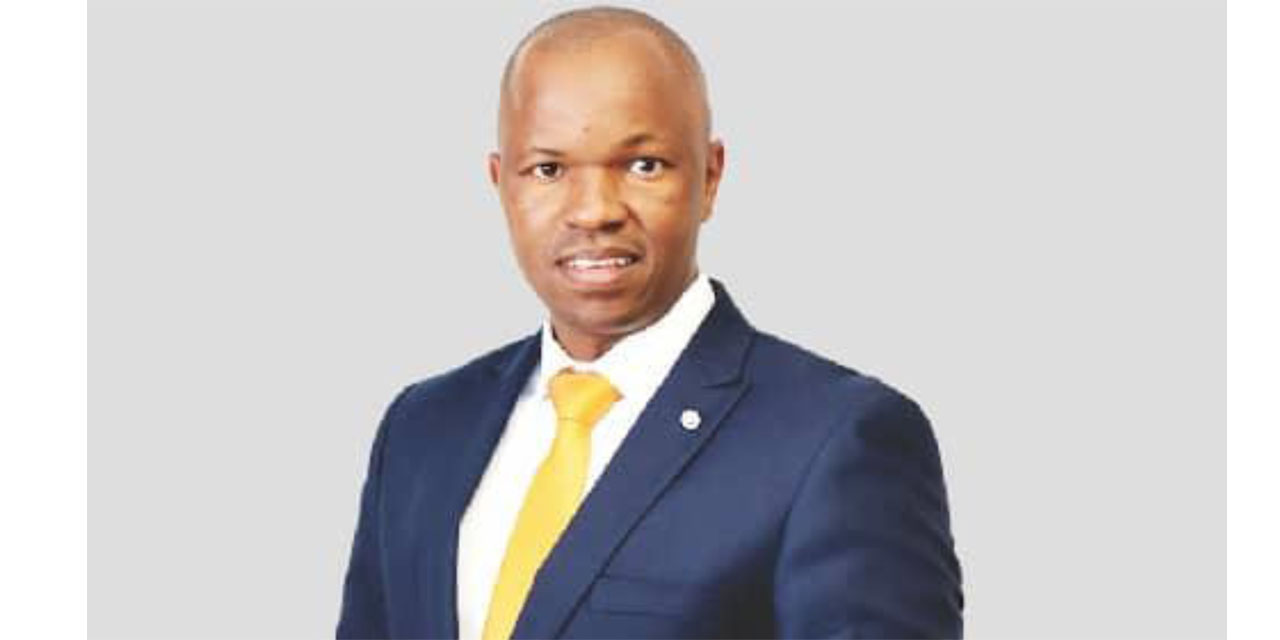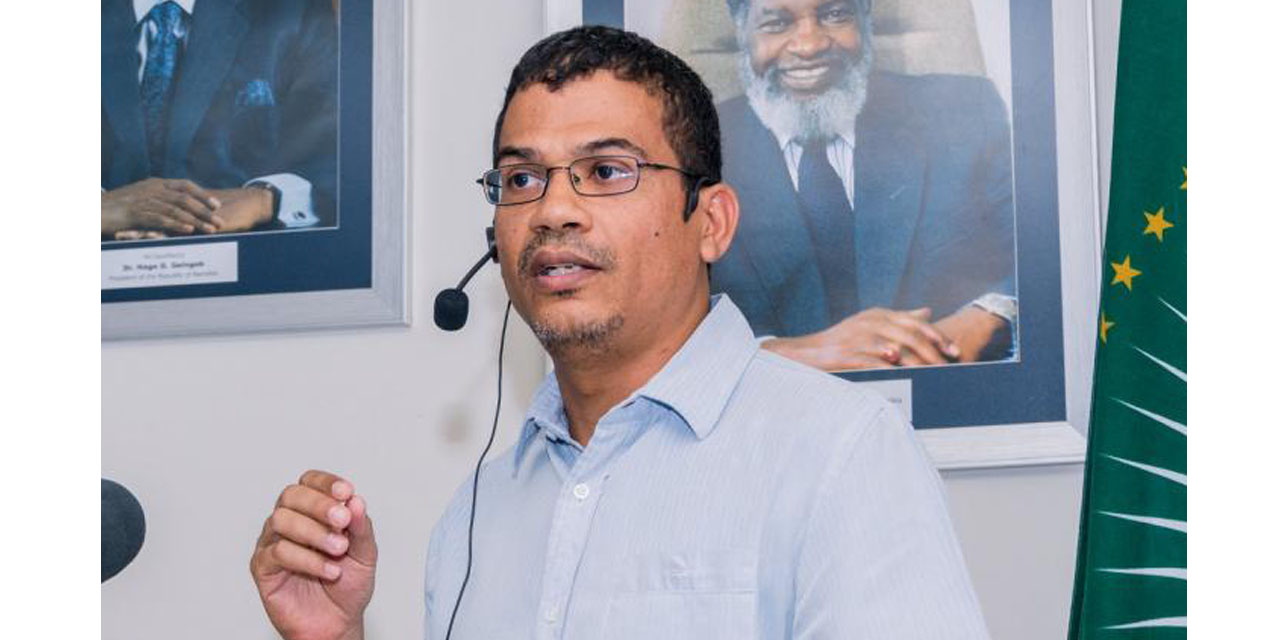Martin Endjala
The Namibian Association of Medical Aids Fund (Namaf) says the funding industry has devised strategic interventions intended to bring medical aid funds to a sustainable position.
At a meeting convened in October last year, the Namaf Management Committee approved the 2024-2026 strategy as a road map primarily focused on the speedy execution of the interventions.
In November 2023, Namaf informed the public that the N$5 billion medical aid funding industry is under financial pressure with utilisation as the root cause.
According to Namaf’s Stakeholder Relations and Communication Manager Uatavi Mbai, Namaf will be focusing on the three top disciplines’ cost drivers of medical aid funds.
To address the utilisation of the key collaborative and multi-faced interventions, 31 percent of the N$5 billion is paid towards private hospitals.
In collaboration with the affected stakeholders, Namaf is in the process of refining the universal interpretation of various terms and descriptors, mainly focusing on minor and Major cases, unattached operating theatres, drug and alcohol rehabilitation centres and high Intensive Care Units as well as inter-hospital transfers.
Mbai elaborated that formalising the relationships between private hospitals and healthcare facilities with medical aid funds on an industry basis through contracting.
The focus of structuring relationships between medical aid funds, private hospitals, and facilities is on improving the efficiency and effectiveness of healthcare services provided; and Wastage of scarce financial and other resources.
“Since the cost of medicines represents the second largest part of healthcare costs in the private health funding industry which is an average of 16.7 percent.
Implementation of the Namibian NAPPI Product and Price File that would aid the industry by establishing a benchmark fee for medicine in the country. The two structures with the already existing procedure codes would provide for a full comprehensive coding structure providing for a full healthcare episode,” said Mbai.
Additionally, given that the Namibian medical aid funding industry still uses fee-for-service reimbursement models these reimbursement models are susceptible to well-documented funding and tariff coding issues such as over-servicing where more services are provided and claimed for than what is clinically justifiable.
As well as up-coding where more severe or expensive services are claimed for than what was provided, and unbundling where the steps of a service were claimed for rather than a complete service.
Mbai noted that the results of various analyses performed and reports by medical aid fund administrators suggest that clinical coding issues are highly prevalent in the Namibian medical aid funding industry, and the industry-wide stricter application of the Namaf billing rules and guidelines and international coding conventions must be achieved to address utilisation.
Subsequently, to monitor and evaluate progress on the impact and effectiveness of the interventions intended to restore the medical aid funding industry to a sustainable position, Namaf is enhancing its current Quarterly Claims Report.
Mbai said that these are some of the few strategies that Namaf has put in place to move the industry from unprecedented financial pressure to a sustainable position.
As the primary stakeholder, Mbai reiterated that they are attempting to protect members of medical aid funds, and the sustainability of the whole healthcare industry, which includes the healthcare service providers and the healthcare funding industry.
The sustainability of the health funding industry Mbai stressed, can only be done through collaborations with all stakeholders, assuring that Namaf has put in place a robust stakeholder strategy that is aimed at bringing all parties to the table to create solutions that are beneficial to all parties.




